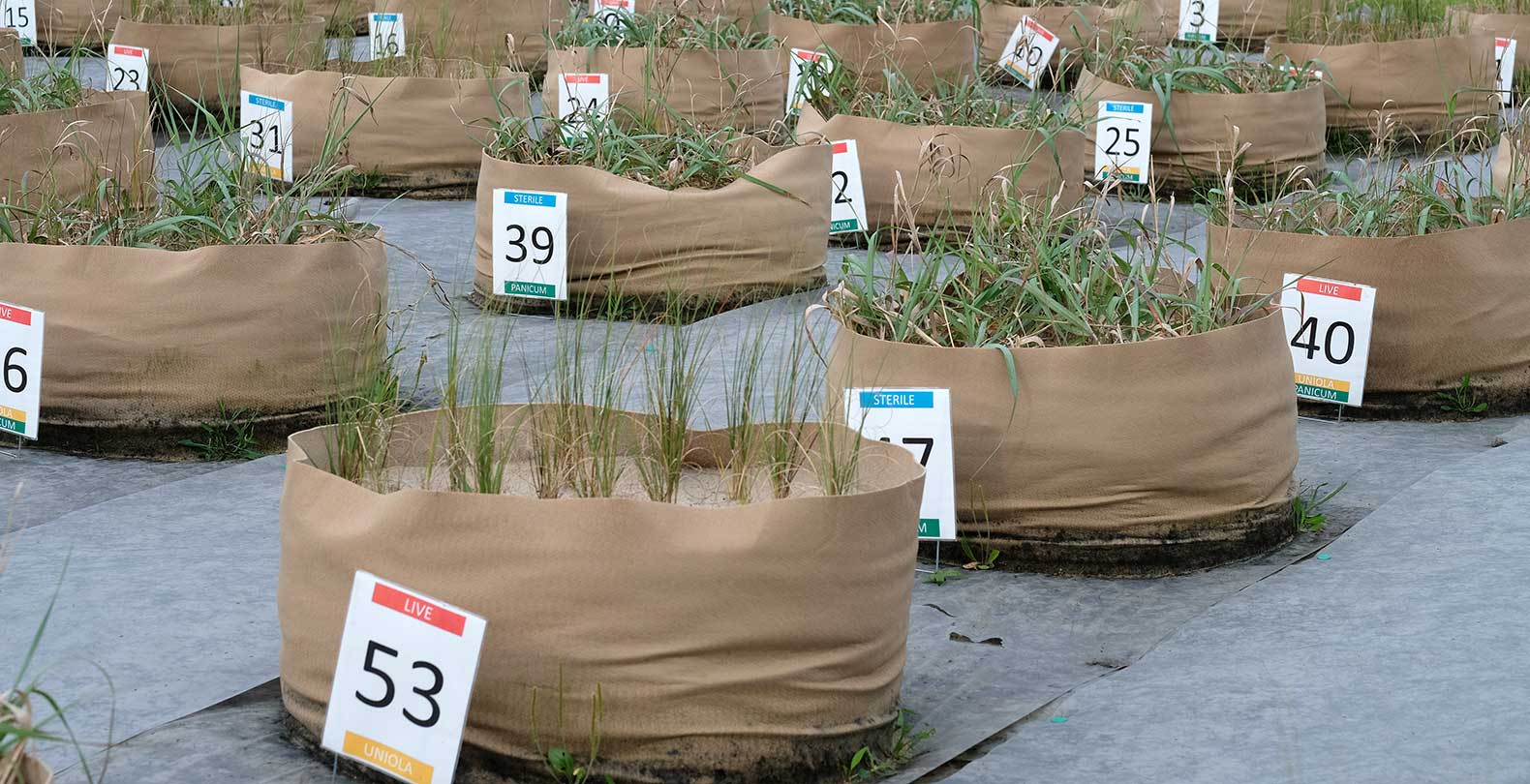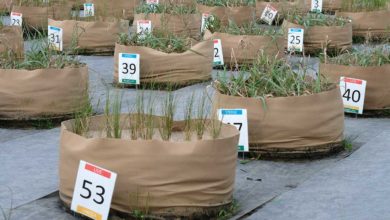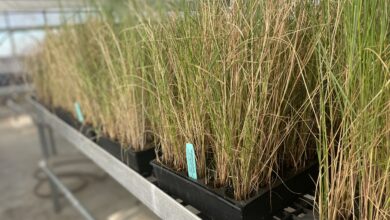Finding money for the experiment
How does a question turn into a research project? While there are several steps, perhaps the most important is finding funding for the project.
Faculty who conduct research at academic institutions have to find funding for their research. Occasionally, the university will provide small amounts of money for faculty research, but the primary sources of funding come from outside of the university. For example, the federal government has several programs. Some of the funding is targeted at solving specific problems of national importance — for example, problems related to agriculture or human health. Other funding sources are for foundational research — research that aims at expanding knowledge on a topic. That isn’t to say that foundational research isn’t useful. Often the discoveries made there create opportunities for solving problems in new ways.
Because my research question, “How can we improve the function and resiliency of restored sand dunes in Texas?”, was aimed at solving a problem, I looked for sources of funding that wanted to help solve problems. Texas Sea Grant‘s mission is to improve the understanding, wise use, and stewardship of Texas coastal and marine resources. To help fulfill their mission, Texas Sea Grant funds outcome-oriented research. In other words, the research must provide information of practical importance to Texans and mees the needs of our coastal communities. Sand dunes restoration provides important benefits to the Texas environment and economy, so understanding how to improve restoration methods could make a stronger, more economically resilient Texas coast.
Once I identified a potential funding source, it was time to write the proposal. Proposals are typically ~15 pages long and consist of (1) an introduction detailing what is known and what isn’t known, (2) a methods section describing how the team will discover what isn’t known, and (3) a section detailing the anticipated outcomes of the research. A detailed budget describing how much money is requested and how it will be used is also necessary, along with other documents highlighting the team’s expertise, the resources available to the team, and a plan for communicating results.
Putting together the proposal took a few weeks of work, including contacting potential project partners who might be interested in the outcome of the work. Then, I submitted the proposal and waited for a response from Texas Sea Grant. Once a proposal is submitted to a funding agency, it is reviewed by other scientists who judge whether (1) the idea in the proposal is worthy of funding (is the answer to the question important and does it align with the goals of the funding program?), (2) whether the proposed methods will adequately address the question, (3) and whether there are enough resources to complete the work. At many funding agencies, less than 10% of proposals are recommended for funding. This isn’t because 90% of proposals are bad but because funding agencies have limited funds. Deciding what should or should not be funded is an important but stressful job!
In the United States, grants fund more than just the supplies needed for the research. They also fund the people conducting the work. For example, my lab consists of me, my graduate students, undergraduate students, and occasional postdoctoral researchers. The research we do takes a lot of work — usually 1,000’s of hours for a single project (e.g., growing plants, maintaining experiments, collecting data, ordering supplies, filing reports….). Grants pay for the labor associated with these projects. Graduate students and postdocs get paid a monthly stipend and undergraduate students get paid an hourly rate. I even have to pay part of my salary through grants. I work 12 months a year, but the university only pays for the 9 months I’m actively teaching. So, I usually write a few weeks of salary into grant proposals to pay myself for part of the work I do.
Grants also provide money to the universities supporting the research. For example, when I budget $50,000 for research, the university requires that I ask for an additional $25,000 to go towards “indirect costs” of the project — including paying the administrative assistants at the university, cleaning services, maintenance of shared equipment, etc.
Once a grant is funded, funding agencies request updates on the progress of the project — they want to make sure they are getting what they paid for! It is also important that scientists share their work with each other and with the people that may benefit from their work. Therefore, publishing results and providing access to data is an important step in the scientific process.
But, I’m getting ahead of myself. Next, I’ll tell you about how we set up the project that was funded by Texas Sea Grant.



